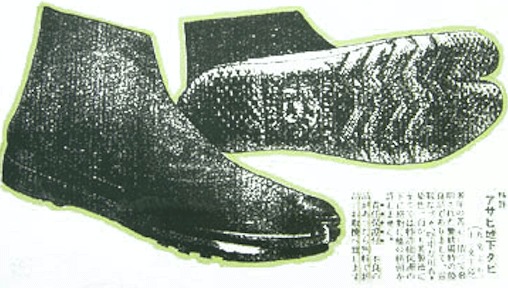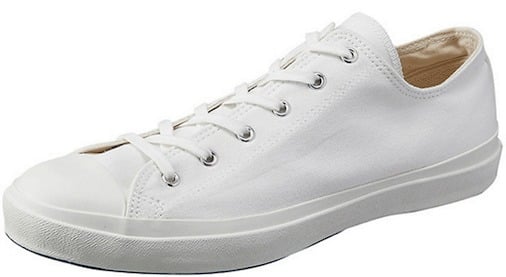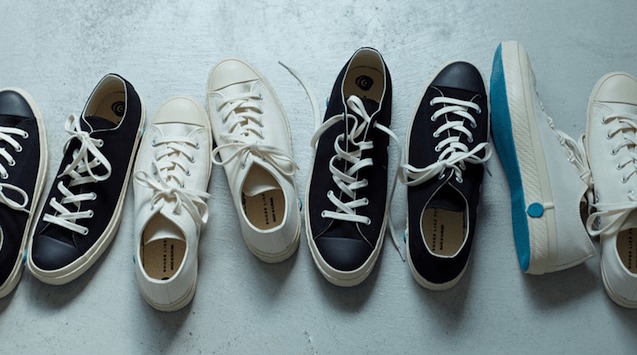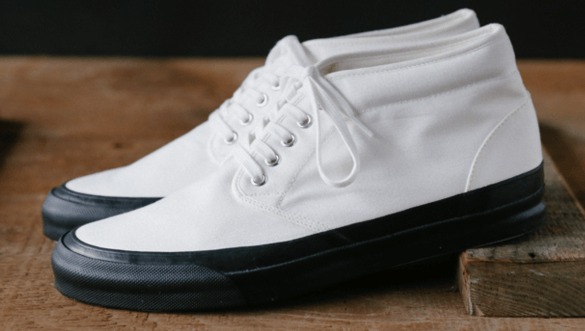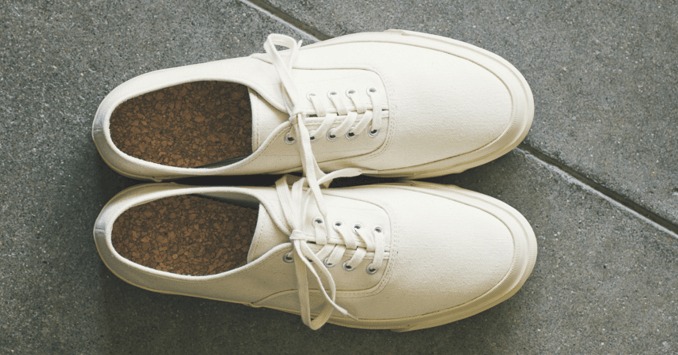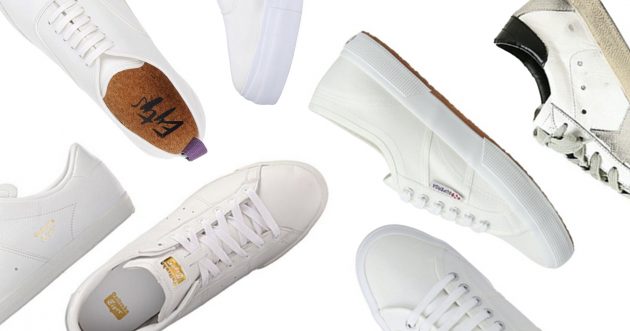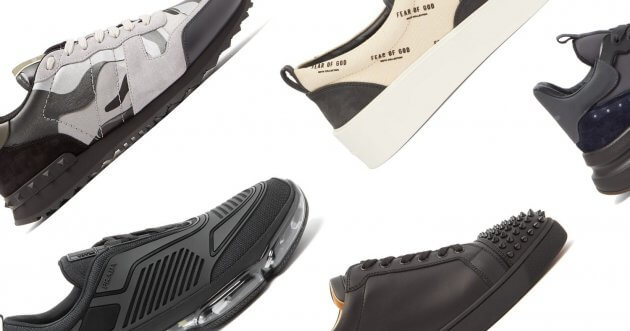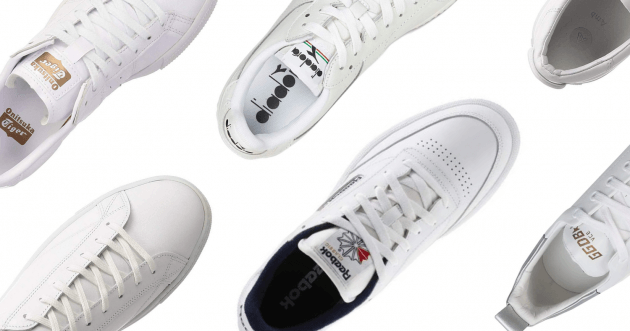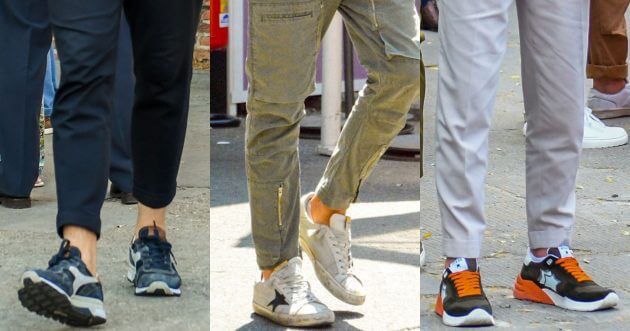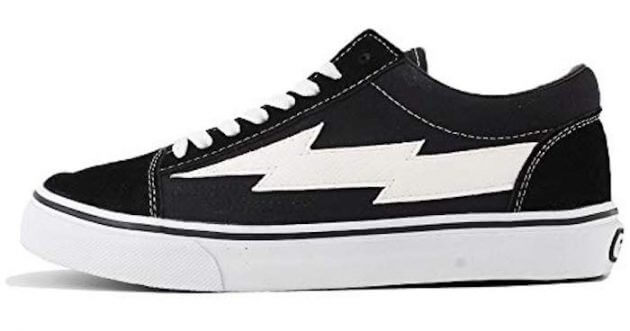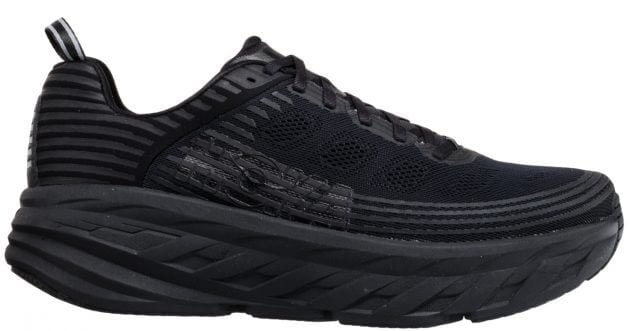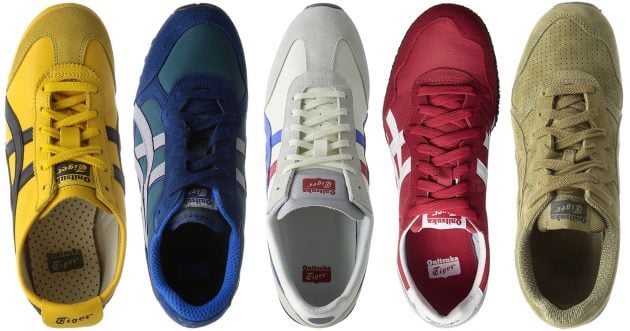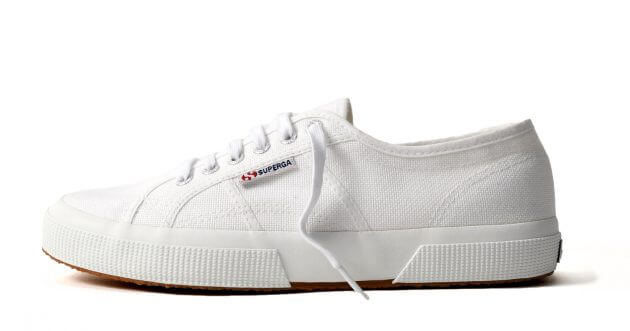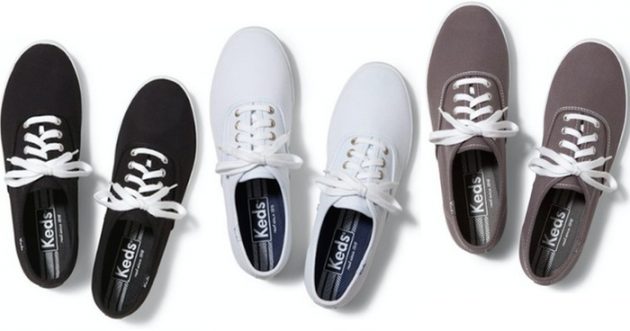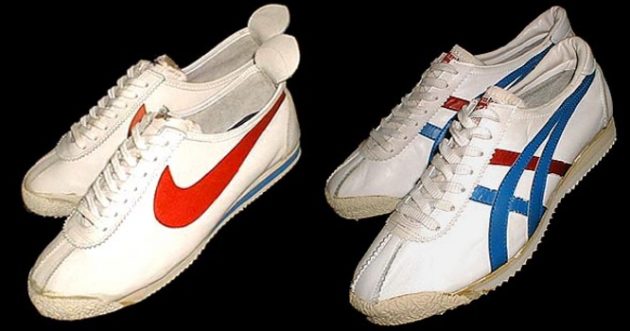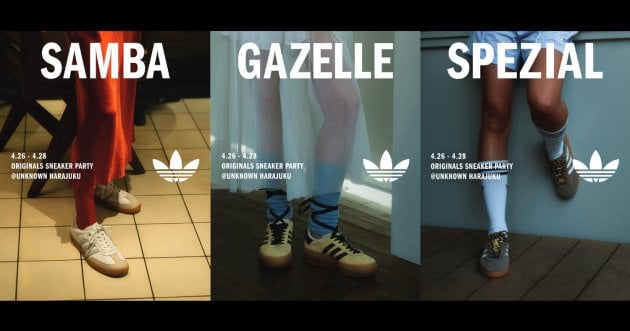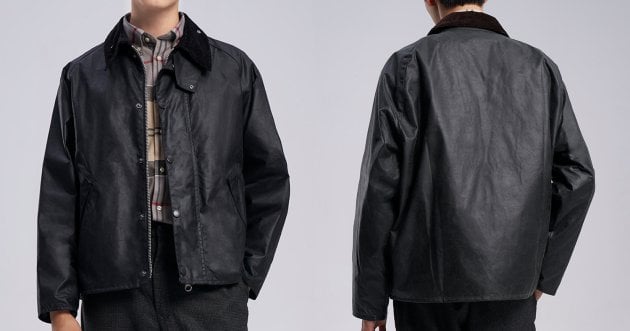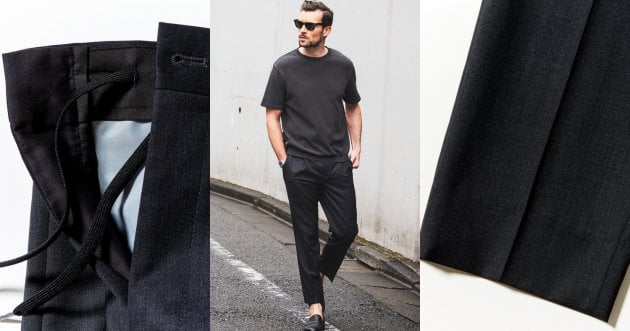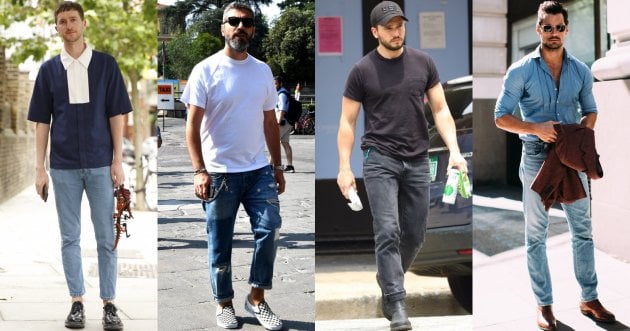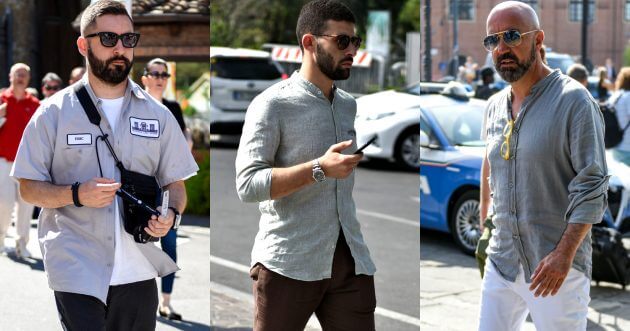
Kurume is famous as one of Japan’s leading sneaker production centers. Here we will introduce Kurume’s hidden history of development as a major domestic sneaker production center, as well as Kurume’s major sneaker brands!
Suponsered by
Kurume, where the world’s first Tabi Shoes with rubber soles (Tabi Shoes with rubber soles) were developed ” Kurume
Kurume has been known as a production center of Tabi Shoes since the Meiji era (1868-1912), when a manufacturer represented by “Tsuchiya Tabi Shoes,” the predecessor of Moonstar, was born in the city.
Then, in the Taisho Era (1912-1926), a revolution occurred when the standard footwear for workers was the traditional straw sandals. While the economy was booming due to World War I and people’s lives were improving, the footwear was simple, easily worn out, and less durable than in the past. The company that turned its attention to this situation was Shojiro Ishibashi of Nihon Tabi Kabuku Kabushiki Kaisha (now Asahi Corporation), now known as the predecessor of the world-famous Bridgestone Corporation. Inspired by American-made tennis shoes, he developed “Tabi Shoes (Tabi Shoes with Rubber Soles). When prototypes were supplied to Mitsui Miike Coal Mine, they were very popular because they were non-slip, ensured worker safety, and were highly durable, thereby improving work efficiency. After its release, the product exploded throughout Japan. It is no exaggeration to say that ” rubber-soled socks are the origin of domestic sneakers.
After that, the Kurume area developed as a sneaker production area based on the rubber and sewing industries.
MOONSTAR “Made in Kurume, the leader in sneakers
moonstarMoonstar has become a leading company in Kurume, manufacturing a wide range of products from athletic shoes to boots and children’s shoes. This brand was the catalyst for the reevaluation of Kurume sneakers. The company has an established reputation for its vulcanized manufacturing method, and has been known for its recent successes, such as the Converse All Star in the past and the recent small-lot production of special-order products for many select stores and brands. The brand has its origins in the production of tabi (split-toed socks) as “Tsuchiya Tabi Shoes,” founded in 1873, and has a long track record of watching over the feet of the Japanese people.
SHOES LIKE POTTERY “The blue of the sole is the symbol of the brand.
As the brand name SHOES LIKE POTTERY (shoes like pottery) indicates, this brand has launched a vulcanized manufacturing method. It is a brand of MoonStar. While the popularity of the brand is rapidly increasing in the city center, the number of supply is small, and it is difficult to obtain some models.
SOLS: “Sneakers with impressive rubber tapes.
fifthThese sneakers are made in the Asahi Corporation factory using the vulcanizing method, based on research into the details of old sneakers from the 1960s and 1970s. The last (wooden pattern) of the 1970s, which is slightly inward-swinging, is used to achieve an authentic silhouette. By using orthodox No. 11 canvas for the fabric and Sperry soles for the soles, the shoes have an active atmosphere similar to classic skate shoes.
Doek: “Luxurious sneakers using Kurume-gasuri, an intangible important cultural material.
These sneakers were created through a collaboration between “GOOD WEAVER” and “Moonstar,” a Fukuoka-based company known for its “Kurume Kasuri” project, an important intangible cultural asset. Incidentally, the brand name “doek” is a Dutch phrase meaning “textile,” and is the origin of the Japanese word “zook.

